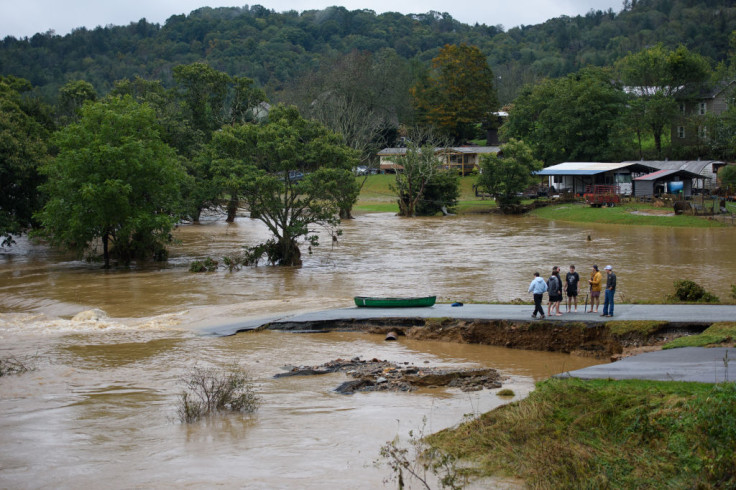
ALABAMA - Over three days, Hurricane Helene devastated much of the Southeast region of the US, killing more than 100 people and leaving millions without power. The states of Georgia, Florida and the Carolinas were among the states that got the worst part, with a preliminary damage report estimating that the Category 4 storm caused billions of dollars in damages, making it one of the costliest in U.S. history.
Helene made landfall in Florida on Sept. 26, heavily impacting the state's Big Bend coast with winds at 140 mph.
According to The Associated Press, as of Sept. 30, many of those who died drowned after not evacuating while others were killed by falling trees and road signs. The total figure is expected to rise as many people continue to be unaccounted for.
North Carolina was one of the hardest-hit states; more than 30 deaths occurred in Buncombe County alone, according to WITN, and Black Mountain, a small town near Asheville, was one of the worst affected in the area.
As local and federal governments continue their recovery efforts, AccuWeather estimates that costs caused by Hurricane Helene could be among the highest in the history of the country, with a preliminary damage report estimating between $145 billion and $160 billion in total damages and economic losses.
Across the country, over 4.5 million people lost power during the storm and some areas are expected to remain without electricity for weeks. AccuWeather's projected losses place Helene alongside other destructive storms in recent times, such as Hurricane Ian in 2022, which caused an estimated $180 billion to $210 billion in damages, and Hurricane Harvey in 2017, responsible for $190 billion in losses.
The projection includes damages to homes, businesses, medical facilities and infrastructure, as well as indirect economic impacts such as job and wage losses, supply chain disruptions and evacuation costs.
Initial estimates signaled that Helene would cause about $95 billion to $110 billion in damages, but that dramatically increased as the Category 4 storm intensified.
"The scale of this historic flooding disaster in the southern Appalachians cannot be understated," the report claims. "People really need to understand how serious this flooding has been and the tragic degree of human suffering ongoing now, which may get even worse without proper supplies and infrastructure in the coming days."
Florida's Big Bend region also suffered lots of damages. Florida Gov. Ron DeSantis confirmed on Sept. 28 that 11 had died across the state, with several fatalities in Pinellas County due to drowning. Rescue operations remain underway in the hardest-hit areas, with nearly 4,000 National Guardsmen deployed across 21 counties to assist.
© 2024 Latin Times. All rights reserved. Do not reproduce without permission.











